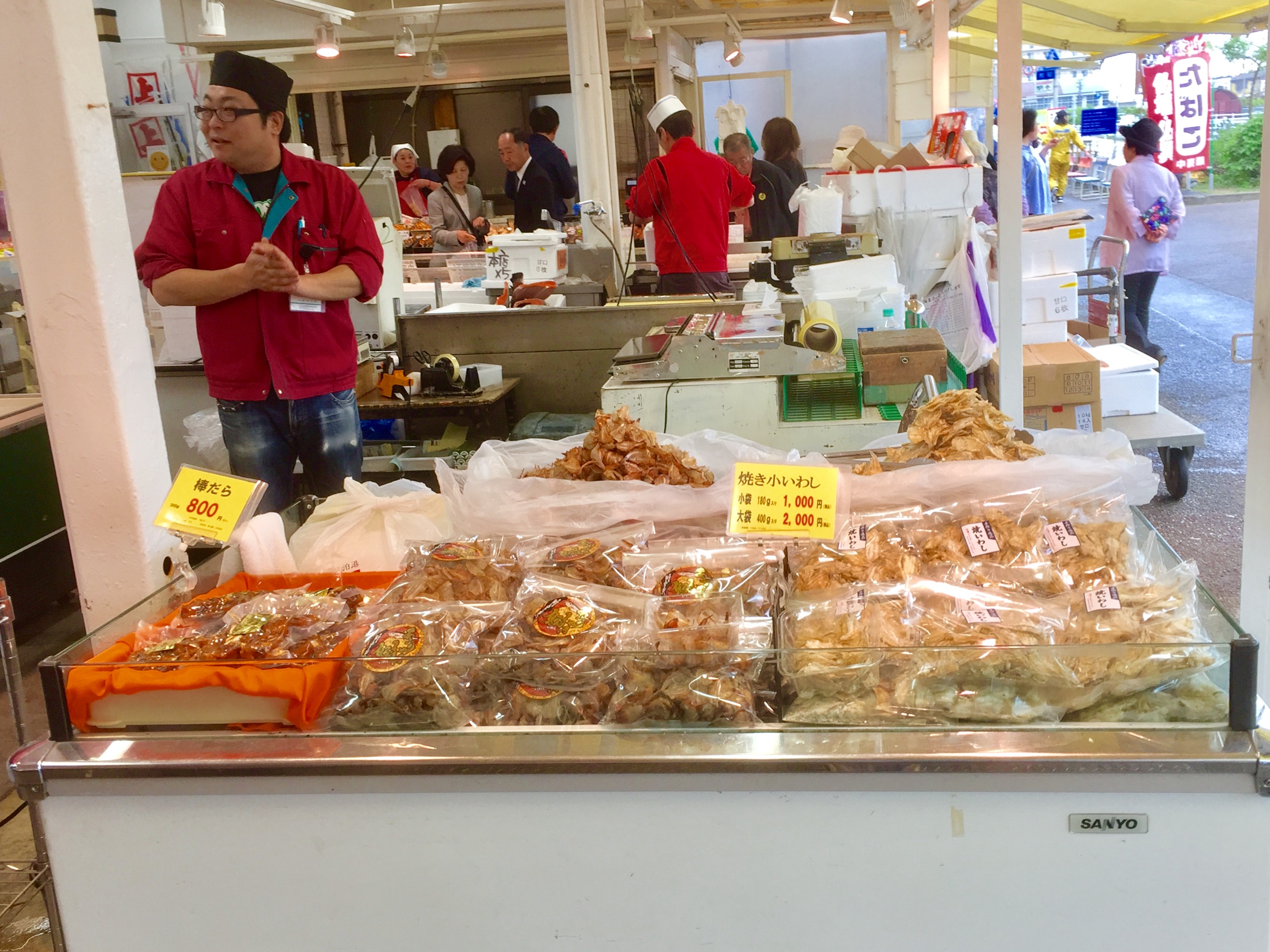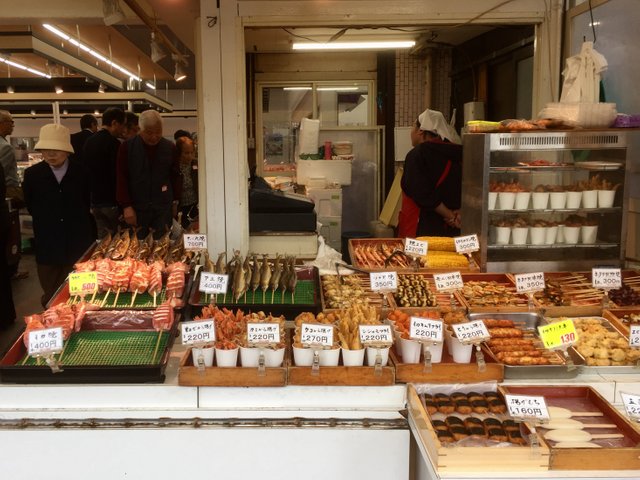This Is Japan
Explore everyday life in Japan

Outings, dates, and road trips in Japan generally start out with a story on the News or some other TV show, an advertisement or an article in a magazine, or through general hearsay, possibly on social media, about restaurants, local foods, events, and places of interest.
In other words, as reputations are built and buzzwords come into popularity, plans get made. Here, where free time is often very limited, the idea of just throwing caution to the wind and seeing what happens tends to lose out to the safety of having set plans built upon solid reviews.
The consensus here seems to be that free time is precious and isn’t worth possibly wasting on adventures that have yet to be proven worthwhile.
What makes something worthwhile in Japan? More often than not, good food.
And for good reason. Nothing caps off a day, an adventure, or just a regular old good time with friends like a satisfying meal.
This is how a trip to a fish market becomes a thinly veiled excuse to share the experience of eating amazingly good, fresh seafood with friends. While many fish markets in Japan offer high-quality sushi and bowls of raw seafood served over rice (kaisen-don), some fish markets, like the one in a very small town called Teradomari in Niigata Prefecture, also sell a large variety of fried seafood and kushiyaki.
Many people are familiar with Japanese yaki-tori, but I am willing to bet that not many people have heard of kushiyaki. Kushi is the Japanese word for spit or skewer, and yaki is a Japanese word for cooking. So kushiyaki is a word that describes skewered foods like kebabs. Often, these foods are cooked on grills over charcoal flames. The main difference from yaki-tori is that kushiyaki involves all foods other than chicken.
Some popular forms of kushiyaki are whole salted fish skewered and roasted upright over a bed of hot coals; freshly caught and skewered squid either lightly seasoned or basted with miso and grilled; some form of roasted tsukune, which is made by mixing egg with fish, crab, squid, or shrimp paste and cooking it; and grilled mochi that is topped with a slathering thick, slightly sweet and somewhat spicy miso.
Though eating while walking is generally frowned upon in Japan, where there are kushiyaki vendors, you will often find people standing and talking in groups, or walking in and out of open-air stores, all the while sharing bites of each other’s selections.
In Japan, this is sometimes referred to as Happy Time, that moment when you get to eat the food that you love, preferably in the presence of friends.

This is an ongoing series that will explore various aspects of daily life in Japan. My hope is that this series will not only reveal to its followers, image by image, what Japan looks like, but that it will also inform its followers about unique Japanese items and various cultural and societal practices. If you are interested in getting regular updates about life in Japan, please consider following me at @boxcarblue. If you have any questions about life in Japan, please don’t hesitate to ask. I will do my best to answer all of your questions.
"What makes something worthwhile in Japan? More often than not, good food." Think that stands for every country... friends/family and good food, a mix made in heaven. Great post @boxcarblue
That is true. Still, though, the emphasis somehow feels different over here. In the States, it's ok to turn food down when you're not hungry or uninterested, here, that can turn you into the party pooper. The ultimate point of the experience seems to be the food and the sharing of it. It's pretty subtle and hard to explain.
I know what you mean. Cambodia kinda has the same thing.
Do they? I've never been to Cambodia before. I came close once but ended up in Hanoi instead.
Yep! You just can't say no to food even though you just said that you ate already! "Did you have food already" is also the first thing they always ask... no matter the time it is! Gotta love it though.. love food and love good company!!!
Nice post on Japan. Waiting for more of your articles on Japan. By the way what options do vegetarians have in Japan?
Not being a vegetarian myself, I'm not very knowledgeable about what Japan has to offer. I would imagine the options are fairly limited, though. Many sauces and salads tend to have at least a little seafood or meat in them. Konyaku would be one option, as well as natto gohan, tempura, a vegetable nabbe, or even grilled vegetables at a yakiniku restaurant, etc.
Thanks, for the info. Might come in handy, when I visit Japan in future.
I hope it does. I'll see if I can find out more for you.
This post has been ranked within the top 25 most undervalued posts in the first half of May 17. We estimate that this post is undervalued by $21.86 as compared to a scenario in which every voter had an equal say.
See the full rankings and details in The Daily Tribune: May 17 - Part I. You can also read about some of our methodology, data analysis and technical details in our initial post.
If you are the author and would prefer not to receive these comments, simply reply "Stop" to this comment.
This is awesome. Followed you now. Looking forward for your new travel post! Upvoted & Resteemed 100%
Thanks for the feedback. I've written quite a few of these about Japan. You can follow them back a long way through the links. I look forward to seeing your posts as well!